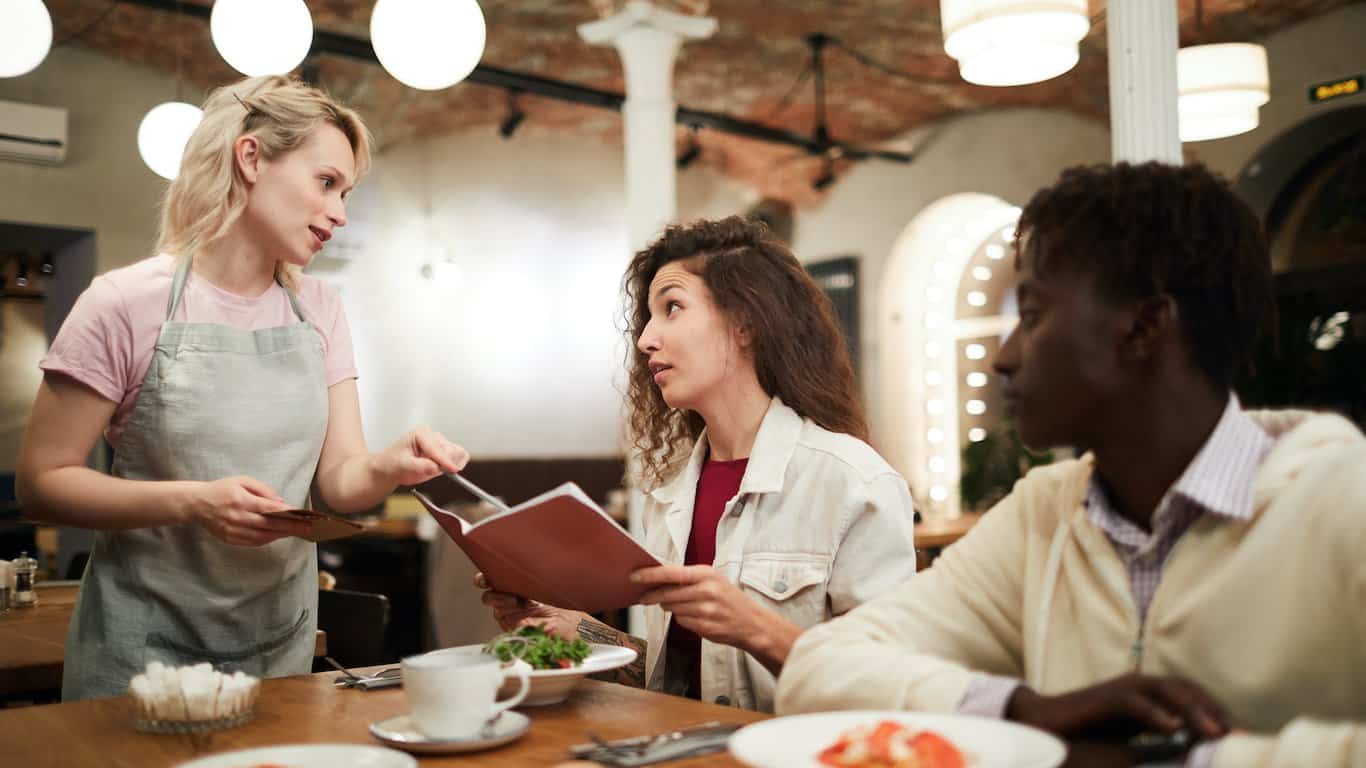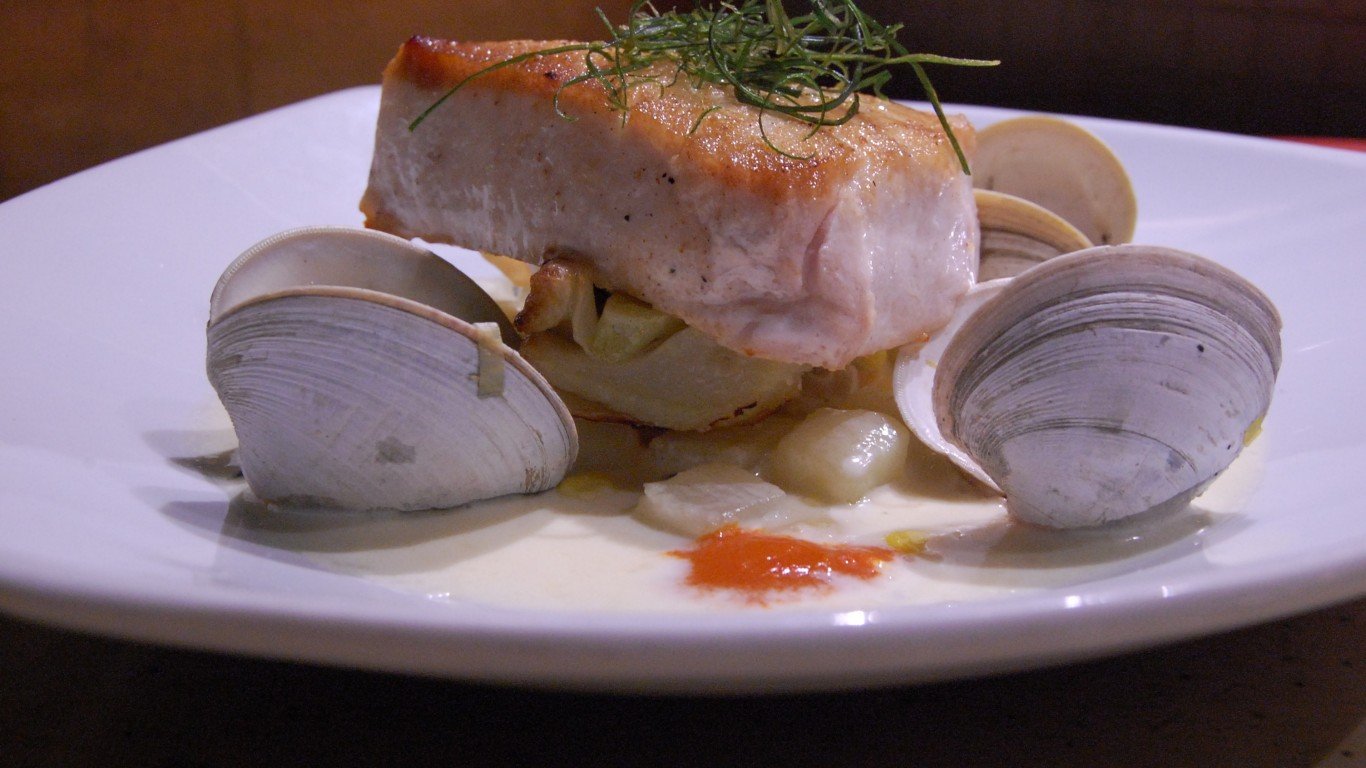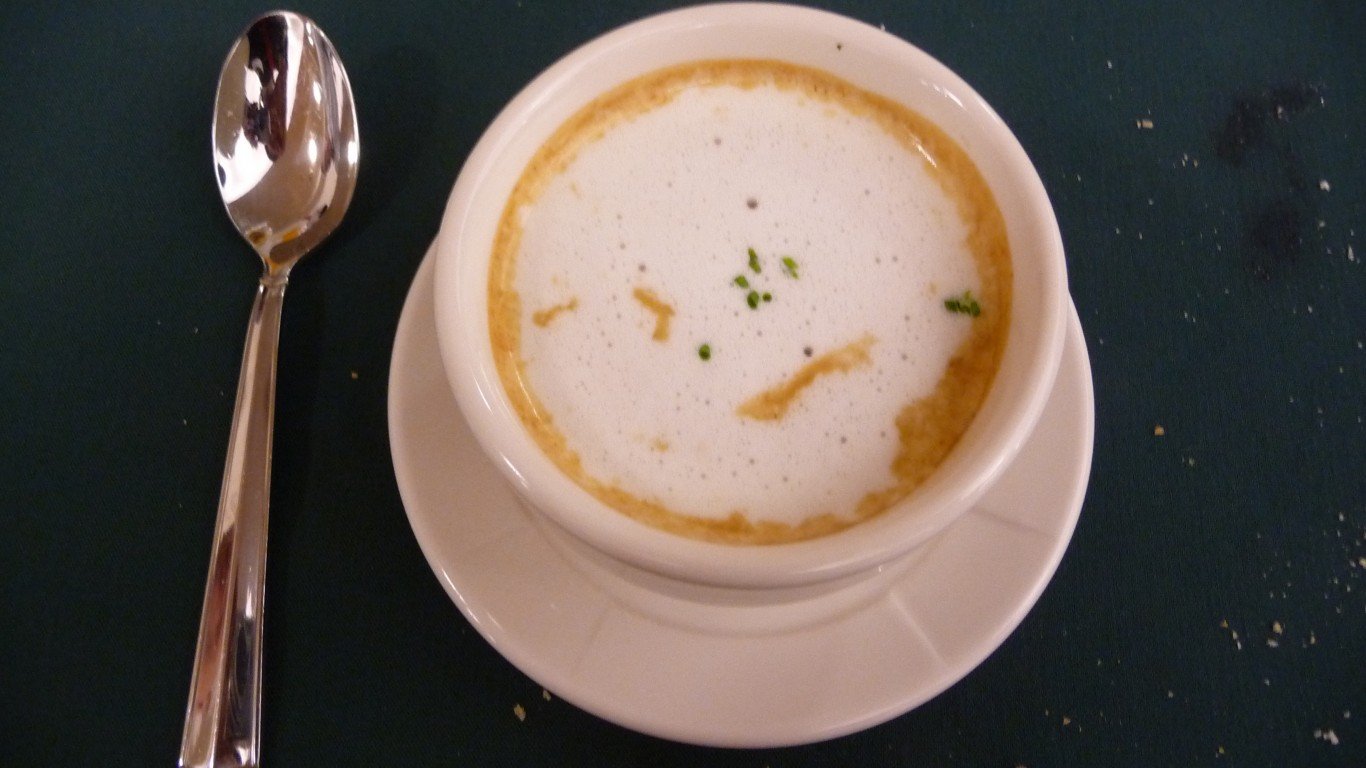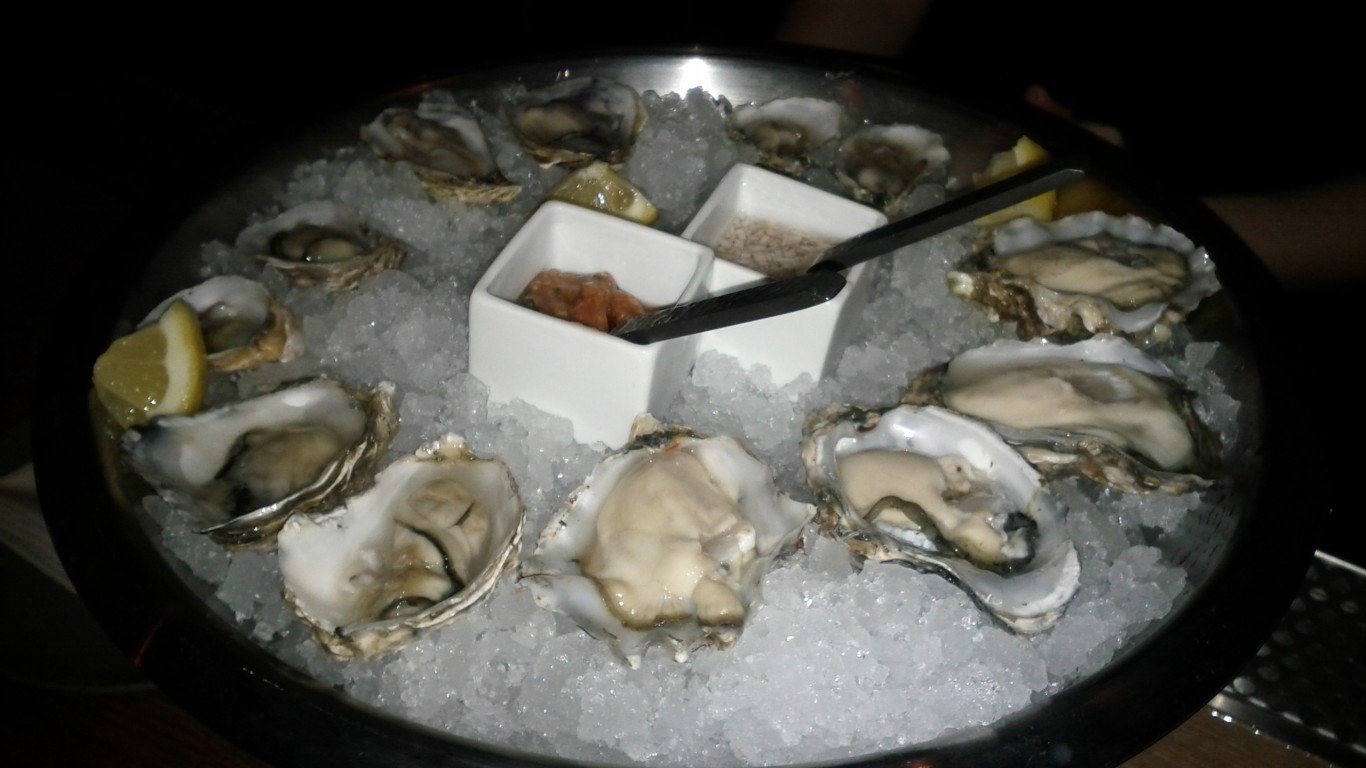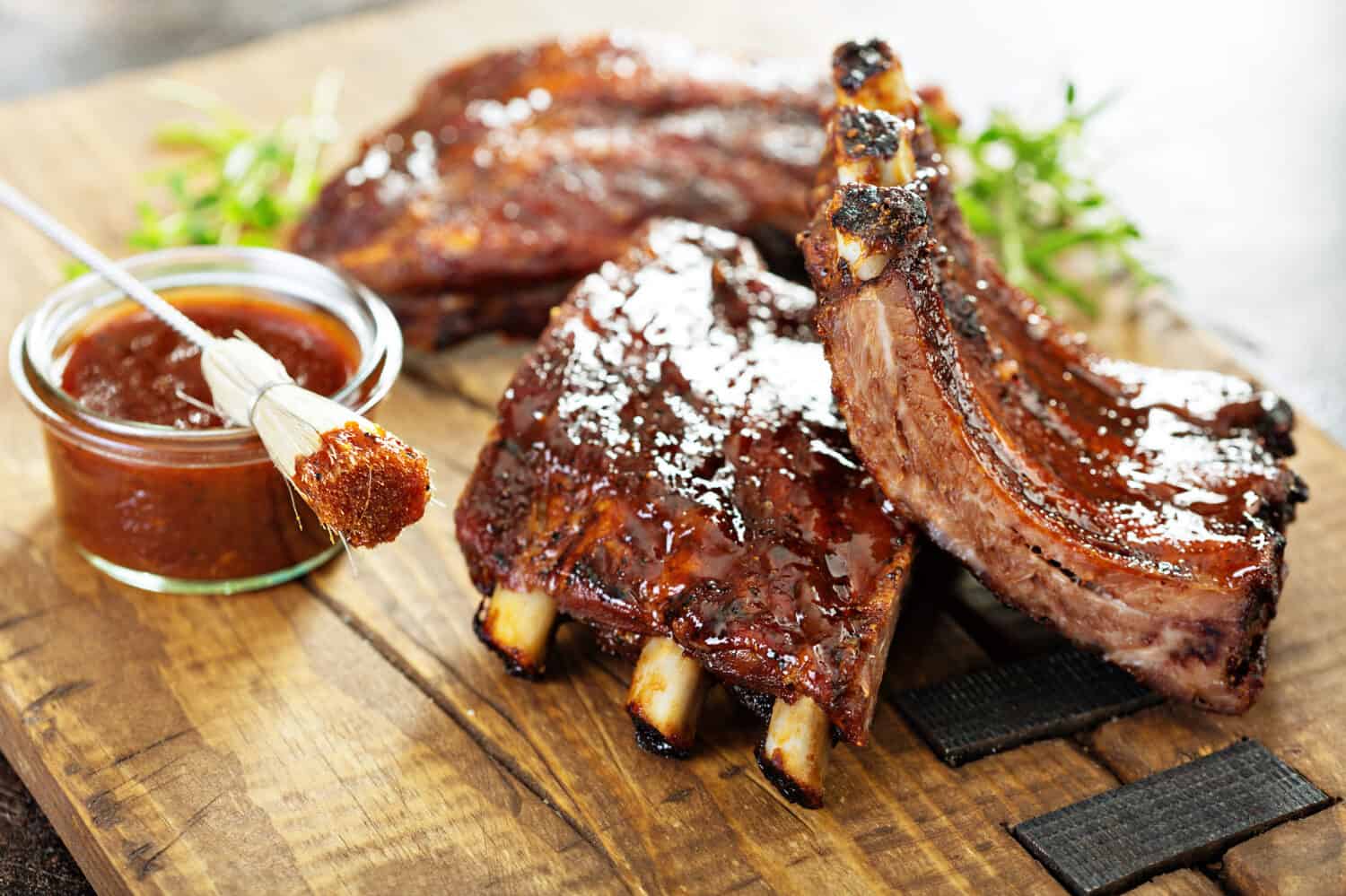Eating out has always been something that we could take pleasure in. We can truly relax while someone else takes care of all the work for us. No need to prepare, cook, clean, or serve anything. Dining during the pandemic took many of the pleasures of eating out away. From QR-code menus (many of which are still present) and vaccination checks to take-out only, it wasn’t the same as it once was.
Thankfully, many establishments are back to their pre-pandemic routines and allow us to return to a restaurant to escape our home routines. We can once again enjoy the ambiance and social interactions while enjoying all a restaurant has to offer. Of course, the best part about dining out is getting to eat food that we didn’t have to prepare ourselves.
We often don’t think about the potential health ramifications of items on a menu. If they are being offered, and the restaurant has an A rating, it is assumed that it is safe to eat or drink. Unfortunately, that’s not always the case and there are several things you should probably never (or rarely) order in a restaurant..
Sometimes a lack of certain facilities can be a warning sign (if you choose barbecue ribs in a place without a smoker, you’re not getting the real thing). Other times it just doesn’t make economic sense to pay inflated prices at a restaurant for something you can have just as easily at home for a lot less. While you may not be getting the best of a certain item, what is a more serious issue is the fact that certain items at restaurants — anything from bean sprouts to burgers — can be hazardous to your health because of possible bacterial contamination. (Here’s a list of foods that can make you very sick or even kill you.)
There are certain items that you should try to avoid when eating out. While the recommendations given here aren’t necessarily hard and fast, these are all good general hints for a satisfying and healthy restaurant experience.
1. Fish on Monday
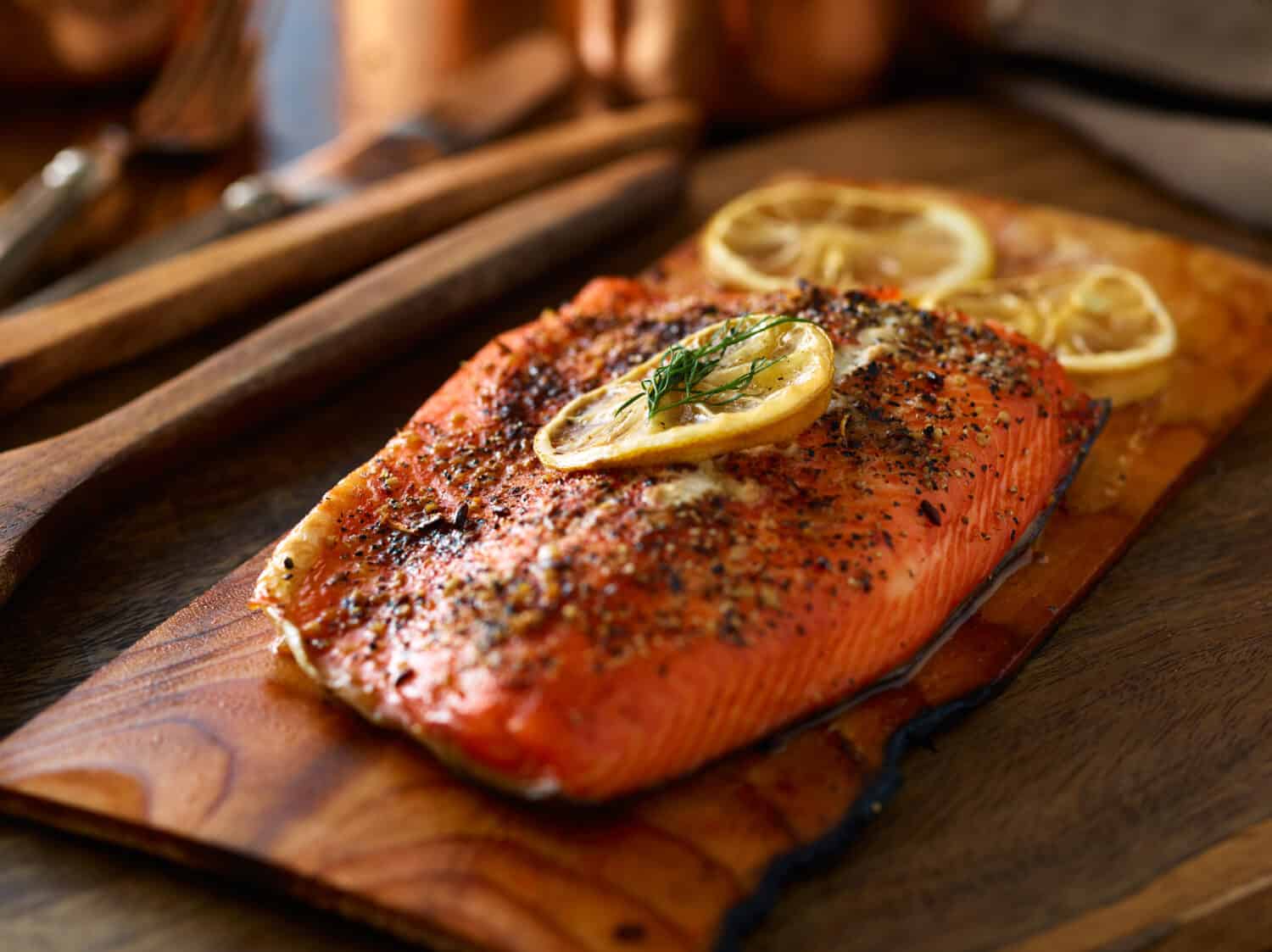
What was once unknown was brought to the world’s attention thanks to the late Anthony Bourdain, who let us know, in his best-selling book “Kitchen Confidential” that fish should never be ordered on Monday (he later partially recanted, saying that food industry standards have improved this his tome was released in 2000).
Because fish markets close down for the weekend on Friday night (at least in New York City), his reasoning went, what you got on a Monday would likely have been caught at least four or five days earlier. Although, counterintuitively, sushi and other raw fish dishes should be just fine as the Food and Drug Administration mandates that any wild-caught fish served raw (except certain varieties of tuna) be frozen before serving, to kill parasites. Assuming that it’s frozen correctly, such fish will still be “fresh” when it’s thawed, even on Monday.
2. Fish that’s high in mercury

There are certain fish that contain high levels of mercury that shouldn’t be consumed due to its dangerous health ramifications. These can be especially troublesome to certain groups of people – women, either those who are pregnant or those who are planning on becoming pregnant, and children under the age of six. Mercury can build up in the body over time and can damage the nervous system, kidneys, liver, and immune system.
Tuna is particularly problematic. The Natural Resources Defense Council recommends avoiding bigeye and ahi entirely, at home and in restaurants alike, and limiting consumption of albacore and yellowfin to three times a month at most. Other fish contaminated with mercury and best left out of our diet or eaten only occasionally, says the NRDC, are bluefish, grouper, king mackerel, marlin, orange roughy, shark, and swordfish.
3. Fish on the “avoid” list

Just because there is a wide variety of fish in the sea, doesn’t necessarily mean that you can, or should, consume them all. It is important to remember that the wild seafood supply is not inexhaustible and in part due to fish becoming more popular in the American diet, many species are becoming endangered.
In addition to other seafood authorities, the Monterey Bay Aquarium’s Seafood Watch program publishes a frequently updated list of good choices to order as well as those items that should be avoided. Among the latter are not just threatened wild species like Atlantic halibut, orange roughy (aka Patagonian toothfish), shark, and bluefin tuna, but also farmed varieties including basa or swai and Chinese tilapia, which may be raised under conditions that negatively affect the marine environment.
4. Escolar
One of the more popular menu items in sushi bars is “white tuna” but this is an incorrect labeling. There is only one fish that can be labeled as white tuna and that is, well, tuna, or albacore to be specific. Those items branded as white tuna are actually escolar, which is a rich flavorful fish.
The richness of escolar is derived from its high oil content, and unfortunately, that oil is a toxic wax ester that isn’t digestible by humans. Eating more than a few bites of the fish can induce keriorrhea, a waxy, orange-colored rectal discharge — hardly ideal when you’re out to dinner.
5. Lobster bisque in a place that doesn’t serve lobster
One of the most popular seafood soups, along with chowder, is lobster bisque. But not all bisques are created equal. This creamy soup is made with lobster and for additional flavor, the lobster shells are traditionally ground up and added to a stock, although other recipes simply add the shells and remove them after cooking.
It should be a warning to any diner that if a menu does not have lobster on it, there won’t be shells to use for a stock and odds are the bisque comes out of a can or in a frozen block. Lobster bisque is usually pricey, and the least you can expect when you order it is a correctly prepared house-made version — preferably with plenty of lobster meat included.
6. Oysters in a place that doesn’t serve a lot of them
Some people will say you should never eat raw oysters, period. These delectable mollusks can be infected with numerous bacteria and viruses – from norovirus and salmonella to hepatitis A and others – which can have disastrous consequences, particularly for those who are immuno-compromised, pregnant, very young, or elderly.
Certain restaurants specialize in oysters and can usually be counted on to buy only the best and freshest examples and be well-equipped to handle them. Even still, there will always be a certain risk to consuming them. However, you are more likely to encounter issues at places that don’t specialize in oysters. Mishandling or keeping them around too long can increase the chances of infection due to quick-multiplying bacteria.
7. Pizza in a restaurant without a pizza oven
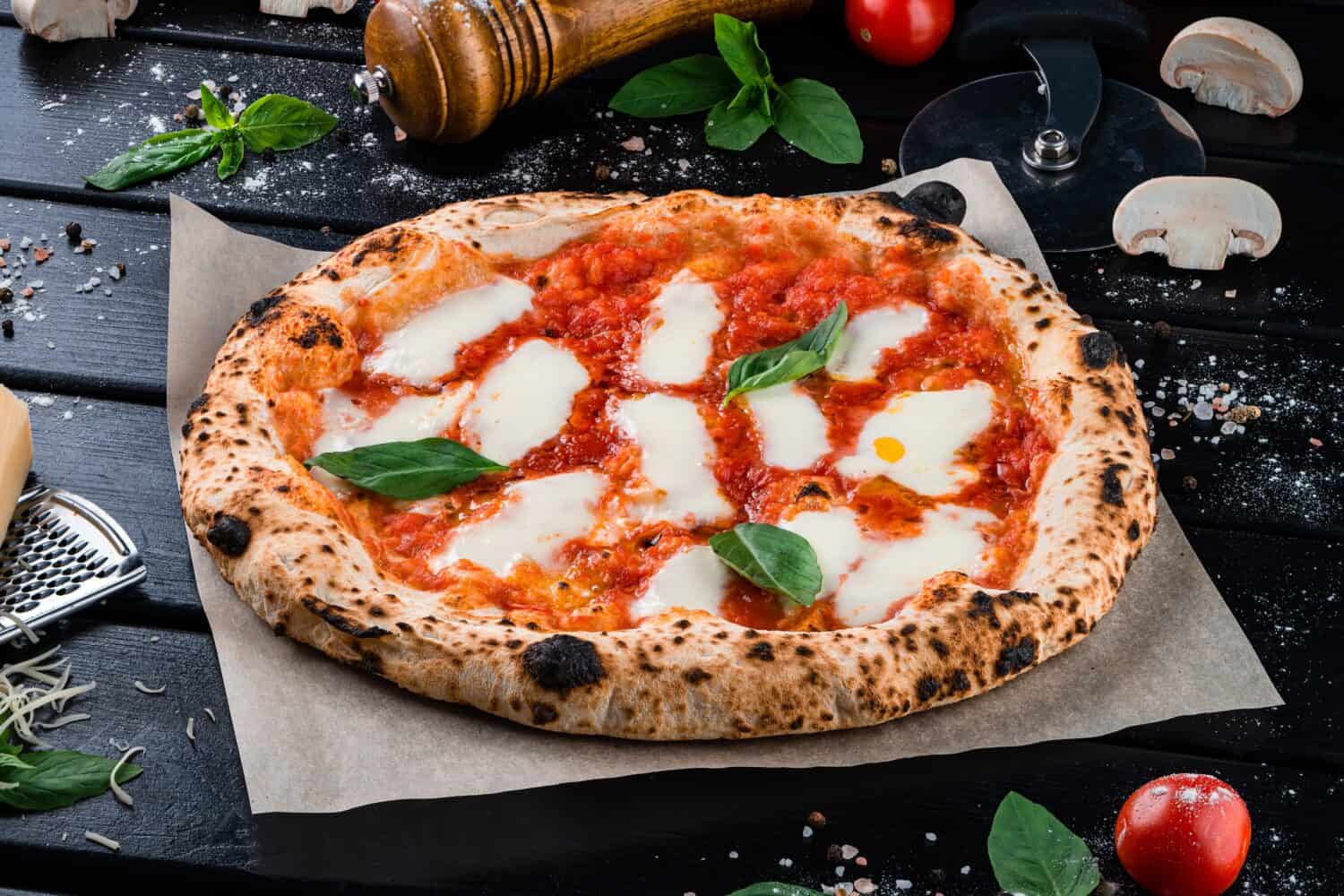
Most everyone loves pizza, whether you like yours with cheese and sauce or even belong to the small group of people that crave pineapple toppings but not every place should be serving pizza. There is only one kitchen appliance that can produce a perfect crust that is crisp and moist – a high-temperature pizza oven. Whether it’s wood-burning, coal-fired, oil-fired, or fueled with gas, and preferably made of brick, pizza ovens are the true mark of an excellent pizza.
Pizza-makers in Naples, where pizza was invented, typically cook their pies at temperatures of at least 800ºF (there’s even an American chain called 800 Degrees), and sometimes as hot as 1000ºF. Yes, a pizza can be made in a regular oven, even at home, where 500ºF will probably be your highest setting, but if you are dining out and craving pizza, it’s best to hold out for the real thing.
8. Barbecue in a place without a smoker
Barbeque (or BBQ) isn’t just something that Americans partake in during summer backyard grilling, but rather is a genre of food that requires long, slow smoking over indirect heat. Two great indicators of a fine BBQ establishment are the smell of barbecue permeating the air and a smoker where the meat has been slowly cooked to perfection. If it doesn’t have either of these, you are most likely getting something from a commercial food service package that can be found in most grocery stores and made at home for much less.
9. Risotto in a non-Italian restaurant

Certain food items should only be cooked in places that specialize in that specific cuisine. Yes, there may be exceptions to this rule but when it comes to risotto, stick to an Italian restaurant. Risotto is very particular with how it should be prepared – the variety of rice, the quality of broth, the stovetop temperature, the almost-constant stirring, the knowledge of what additional ingredients to add and when to add them, and above all the knowledge of (or feel for) when to stop cooking.
These are all key factors in producing a good risotto — one with the right texture and degree of moisture. Only somebody with long experience in the matter is apt to be able to turn out a perfect example, and that almost always means an Italian cook or somebody trained by one.
10. Authentic Caesar salad
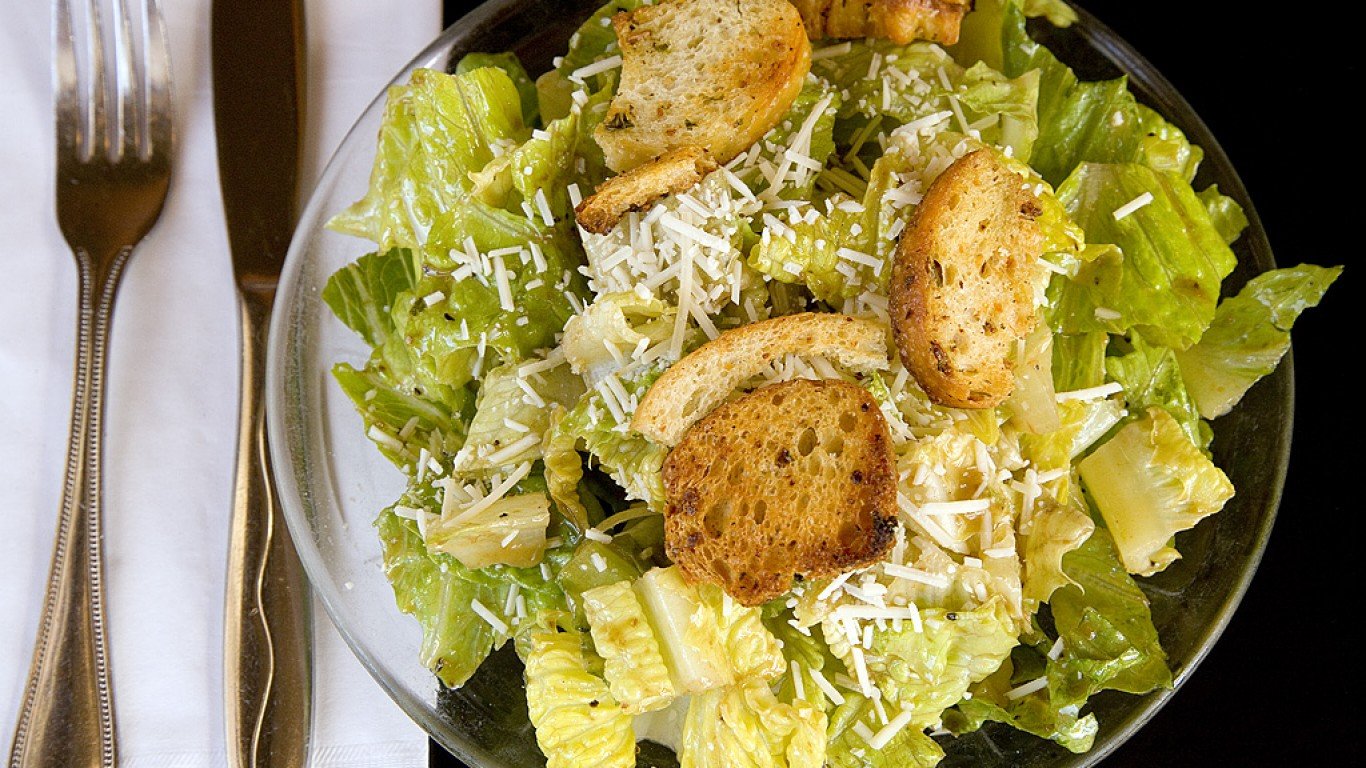
There are certain things that an authentic Caesar salad should have to make the same delicious way as it was intended. Invented by Caesar Cardini, an Italian chef who owned a restaurant in Tijuana, Mexico, it is considered one of the great food inventions of the 20th century, and one of the most popular salads throughout the world but not all are the same.
A good, or rather an authentic, Caesar salad should have romaine lettuce and croutons in a dressing of olive oil, lime juice (not lemon juice; the same word, limón, is used for both fruits in Mexico, but limes are far more common), Worcestershire sauce, croutons, and grated parmesan cheese — anchovies are a later addition — stirred into an emulsion made with (and here’s the problem) coddled eggs.
This is where it becomes an issue – a coddled egg has been briefly poached in a boiling water bath, usually for just one minute. It is all but raw and this has the potential to be contaminated with salmonella or even other health issues. But a Caesar made in this traditional way is delicious. Should you have any concerns about possible contamination, you should avoid this version of the salad.
11. Anything with white truffle oil
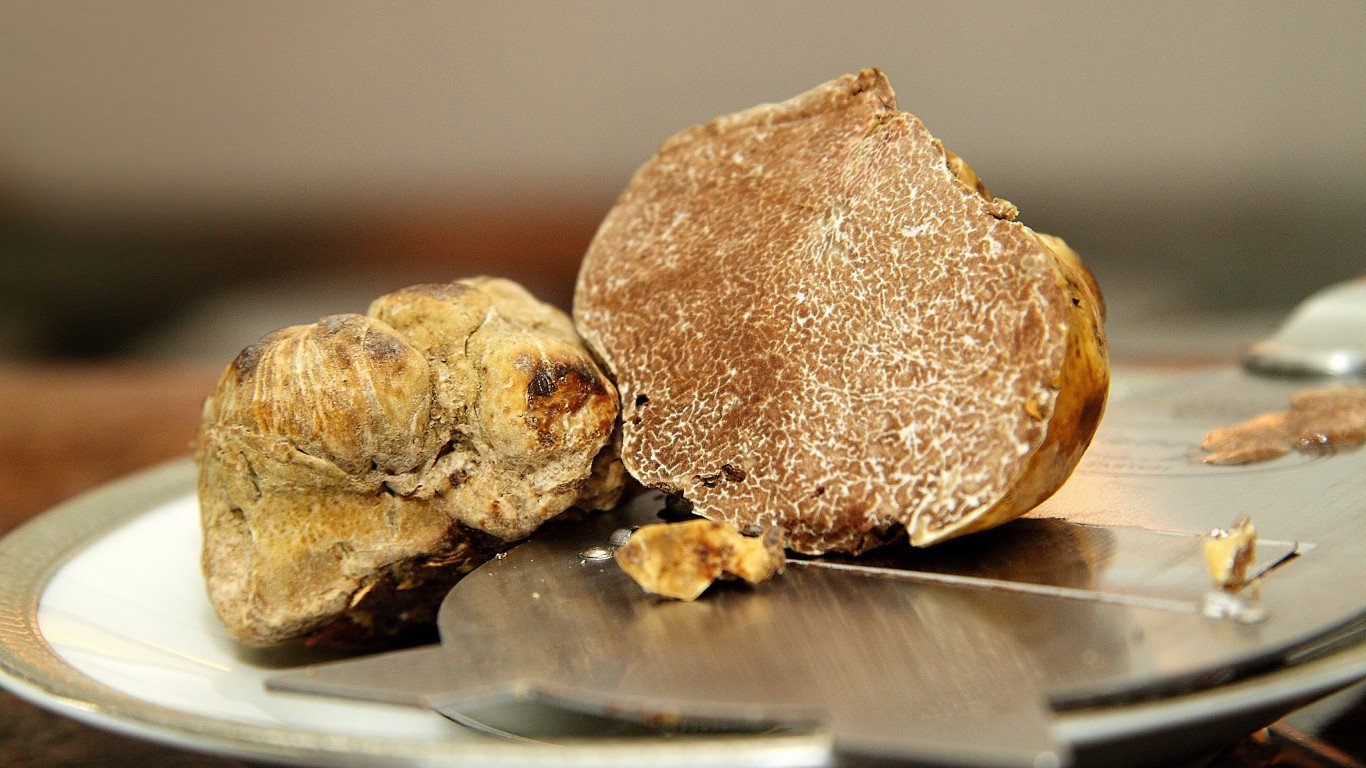
Thought to be one of the world’s great seasonal gastronomic treats, white truffles are extremely pungent and full of earthy flavor. Some say Pliny the Elder discovered these incredibly expensive fungi, at a cost of over $7,000 per pound, while others say they were around far longer and can be traced back to the Sumerians in ancient times. But whoever figured out how to add the truffle flavor to foods, there is no denying that they are considered a culinary delicacy.
Unfortunately, most commercial truffle oil today is flavored not with that pricey tuber at all but with aromatic compounds like sulfurous 2,4-dithiapentane, meant to imitate truffle character. It doesn’t do a very good job but tends to overpower the other ingredients in a dish with simplistic potency while leaving an unpleasant taste behind.
12. Well-done steak
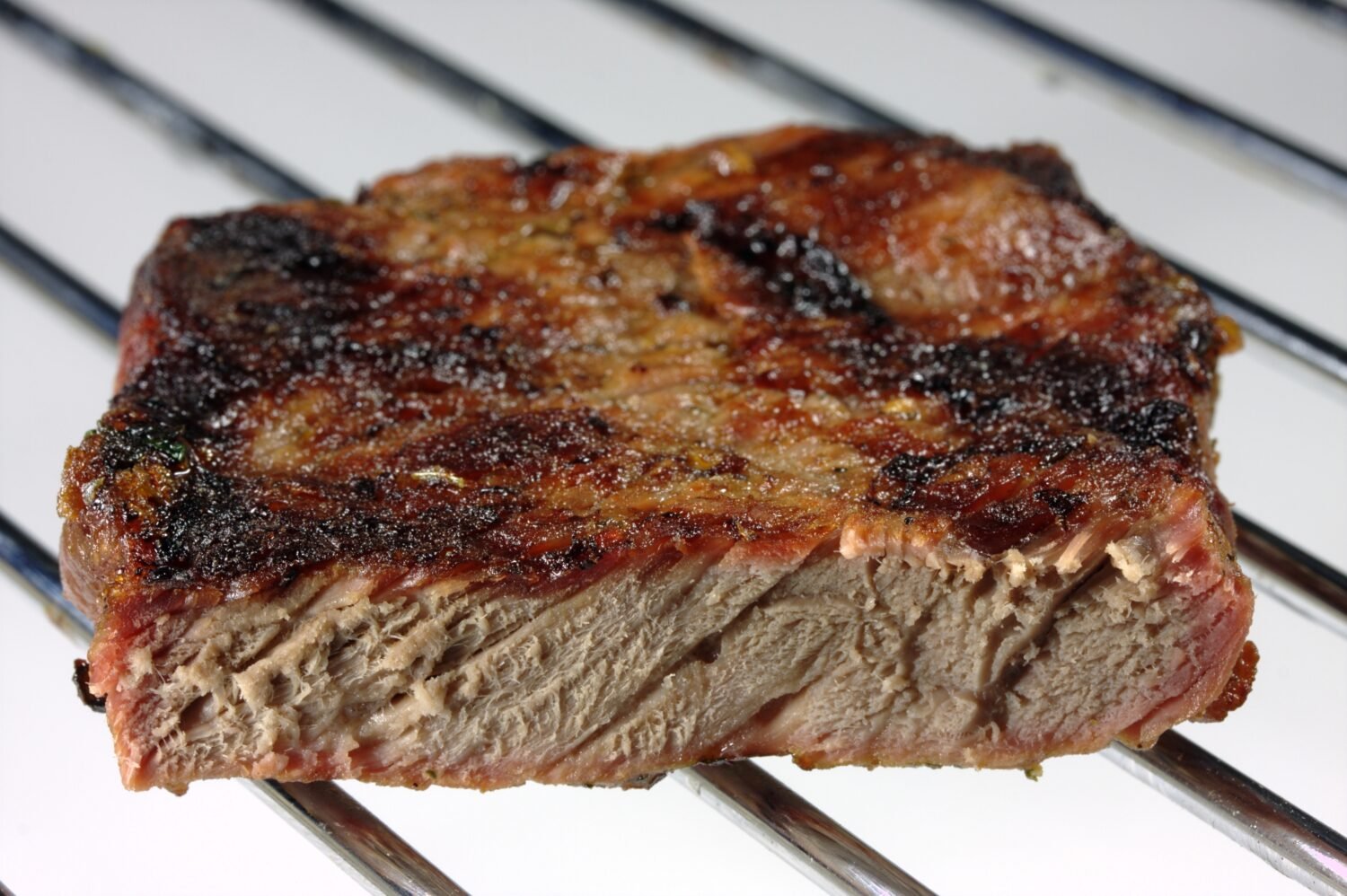
A piece of steak grilled into lifelessness.
People all have preferences for how they like their meat – medium, medium-well, and even though it’s frowned upon by chefs, well-done. But whichever way you prefer your steak, chefs prefer leaving the option of well-done off the table because cooking it this way robs it of its juices and much of the flavor while making it tougher.
There are even some establishments that will refuse to cook any meat well-done, or at least include a disclaimer on their menus that reads something like “We are not responsible for steaks ordered well-done.” (One Minnesota restaurant, in defining different temperatures for ordering steak, crosses out “well done” and adds a note that says “Order chicken.”) If you can get a place to serve you a well-done steak, remember that some kitchens save inferior cuts for their “well-done” customers, on the theory that they probably won’t be able to tell the difference.
13. Rare hamburger
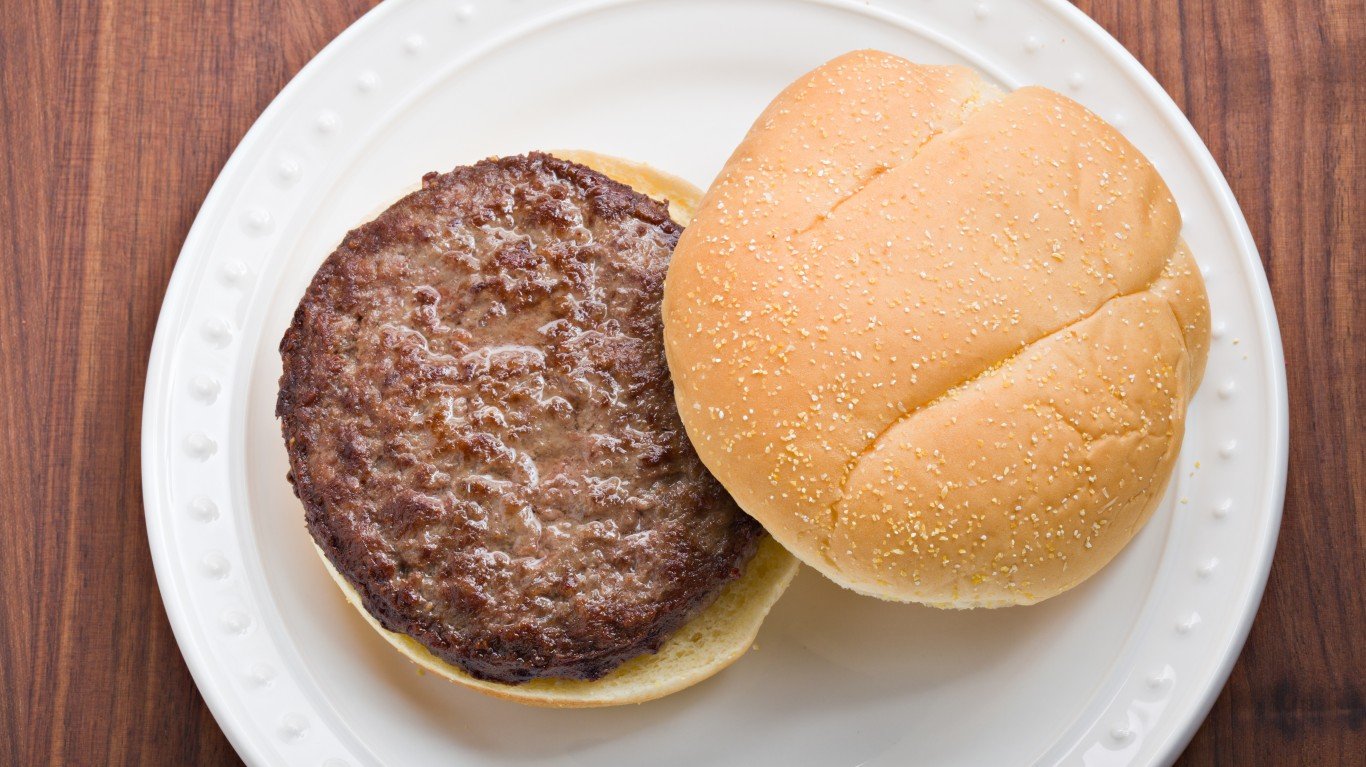
Although a quality steak is considered best if ordered medium-rare or “blue” which is another way of asking for it rare, the same should not be done for hamburgers. These round meat discs should be cooked a bit more well throughout as ground meat is particularly susceptible to contamination with E. coli, salmonella, and/or other bacteria.
The high heat applied to searing a steak kills most of the bacteria on its surface but with a burger, bacteria can get mixed into the meat and may linger there unless the interior temperature reaches about 160ºF — which means pretty close to well-done.
14. Anything with hollandaise sauce
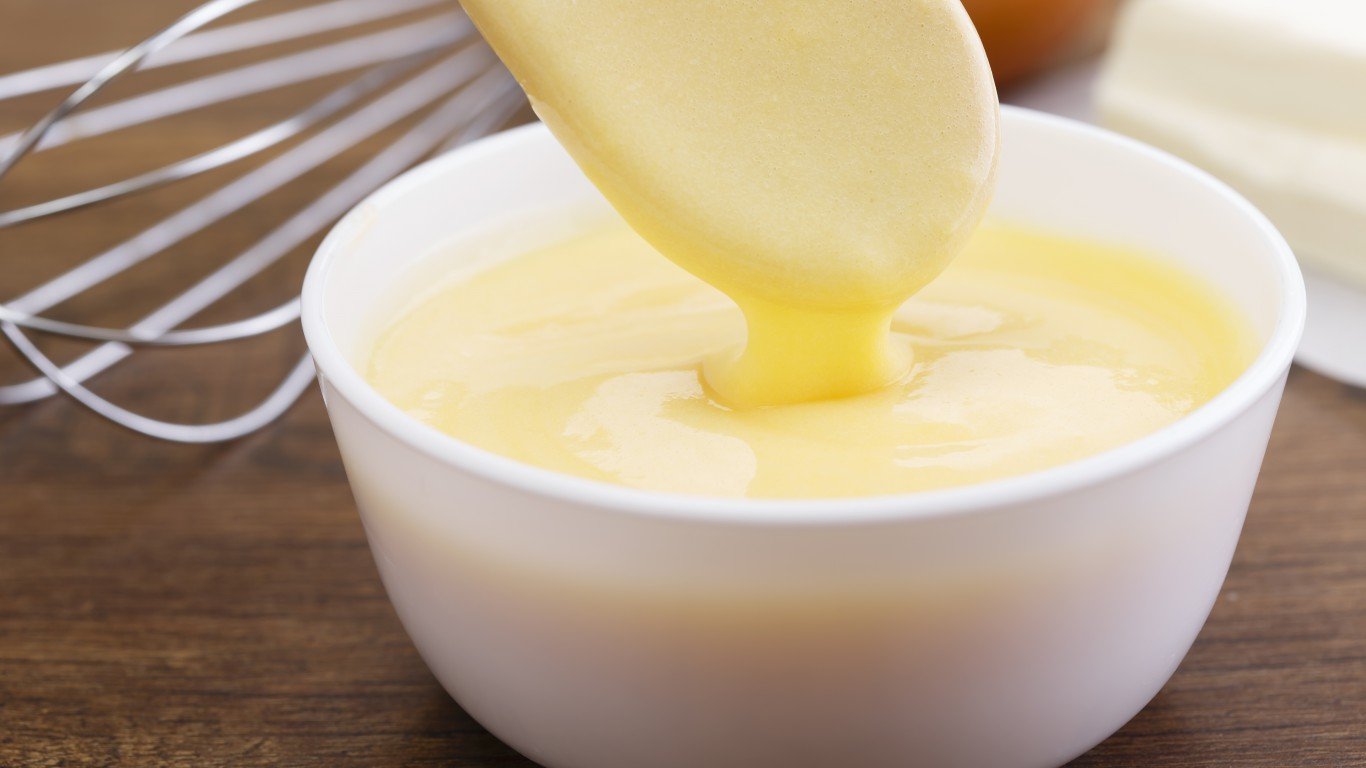
One of the many popular items of French cuisine is Hollandaise sauce, a classic made with egg yolks, butter, and lemon juice and is the basis for many other great French sauces. Because of its difficulty in preparing – it can be rather temperamental – many restaurant kitchens prepare one big batch daily and since it needs to be kept lukewarm, not too hot, and not too cold, it can be the perfect breeding ground for bacteria.
As Anthony Bourdain once noted, “Nobody I know has ever made Hollandaise to order.” This means that eggs Benedict probably isn’t the safest choice on the brunch menu.
15. Lettuce and tomato on your burger
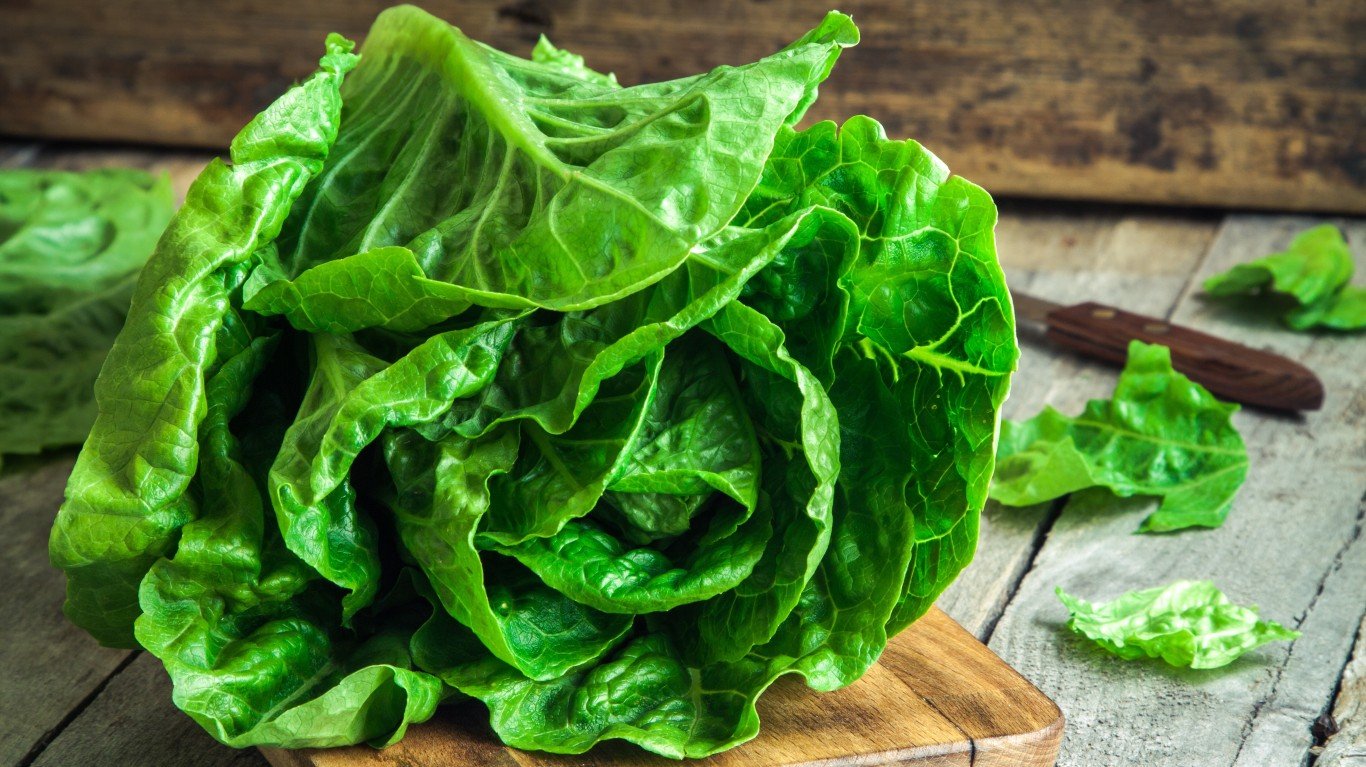
Certain restaurants that are serious about their burgers may not have this issue but in most places, even on burgers that are rather tasty, the lettuce can be limp and soggy, with an out-of-season mealy tomato. Culture writer and editor Madeleine Davies once wrote in “Eater” that if you ask for lettuce and tomatoes on your burger, At least seven out of 10 times, I can guarantee you that the produce you’re getting will not elevate the culinary experience….”
16. Sandwiches or salads with sprouts
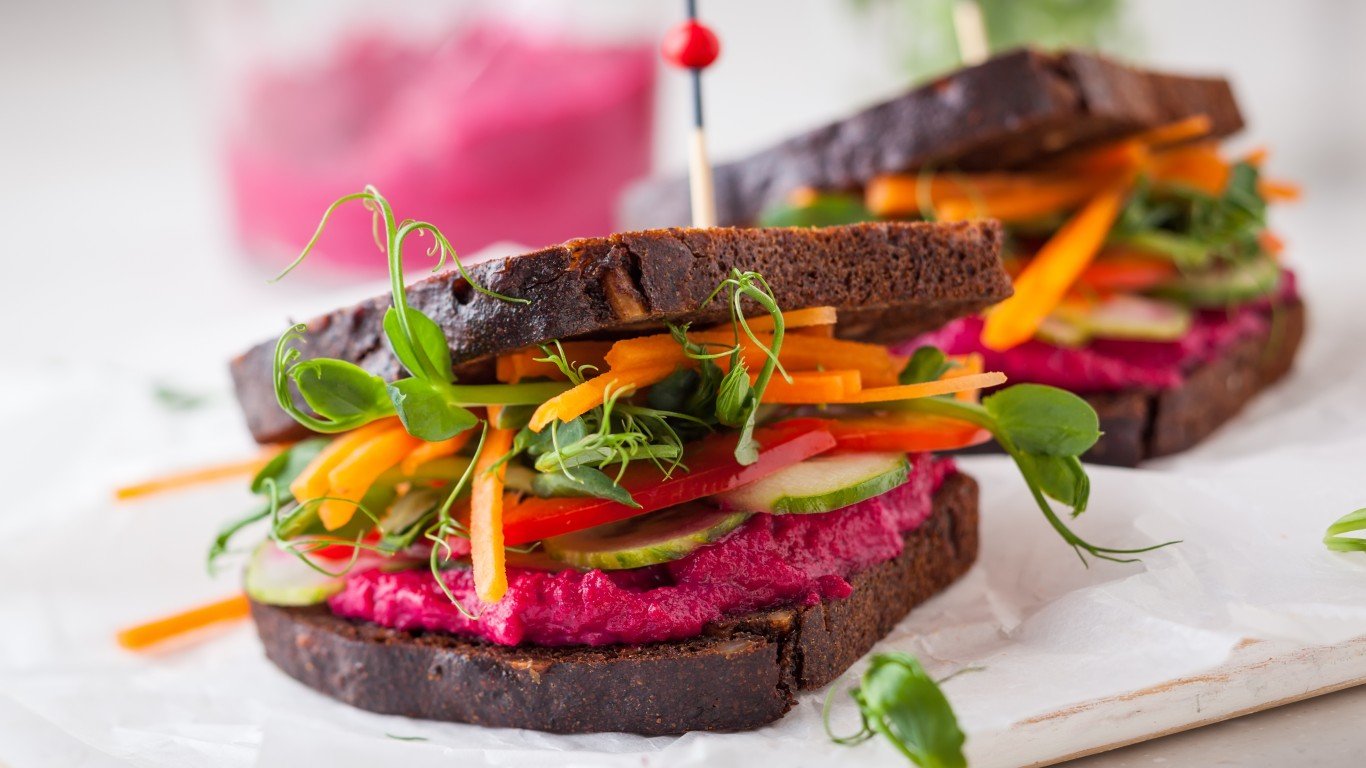
There are a wide variety of sprouts – or microgreens – that are on the market today. Whether from alfalfa, mung bean, peas, arugula, broccoli, or just about any vegetable, sprouts are germinated seeds that carry a host of nutritional benefits. Unfortunately, because microgreens are grown in commercially warm, humid environments in which bacteria thrive, they can also be a hotbed of harmful bacteria like E. coli and salmonella.
These delicious little greens should be eaten at home, where you can be sure they’re at their best – not slimy, or with an off-putting smell – and have been properly refrigerated. You won’t know much about their condition when you order them at a restaurant, so they’re best to avoid.
17. The house salad
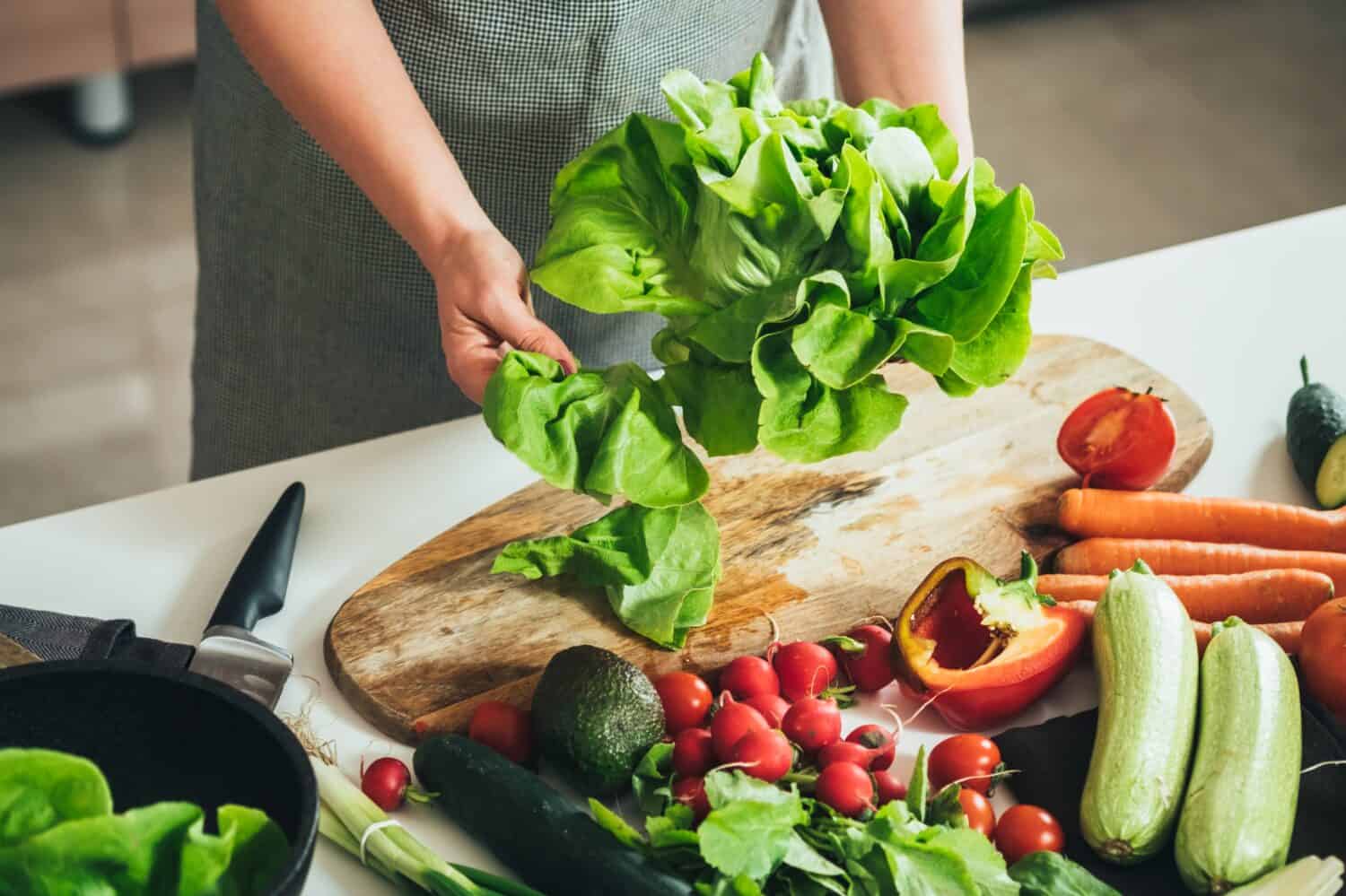
Salad greens, as with sprouts and many other types of produce, are prone to bacterial contamination, and there have been numerous cases of recalls of commercially grown lettuce. The contamination has been known to happen at any point – whether its origin on the farm or at the establishment selling it. If you eat salad at home, you can wash the greens thoroughly yourself, but when you’re out, you don’t know how they’ve been handled.
But another reason why you shouldn’t order these leafy greens in a restaurant is cost. It’s probably the single menu item with the highest markup that costs the least to make. There may be about 40 or 50 cents worth of greens used with maybe another 30 or 40 cents worth of dressing but prices typically range from $5 to $15. You’re better off making it at home.
18. Drinks garnished with citrus fruit
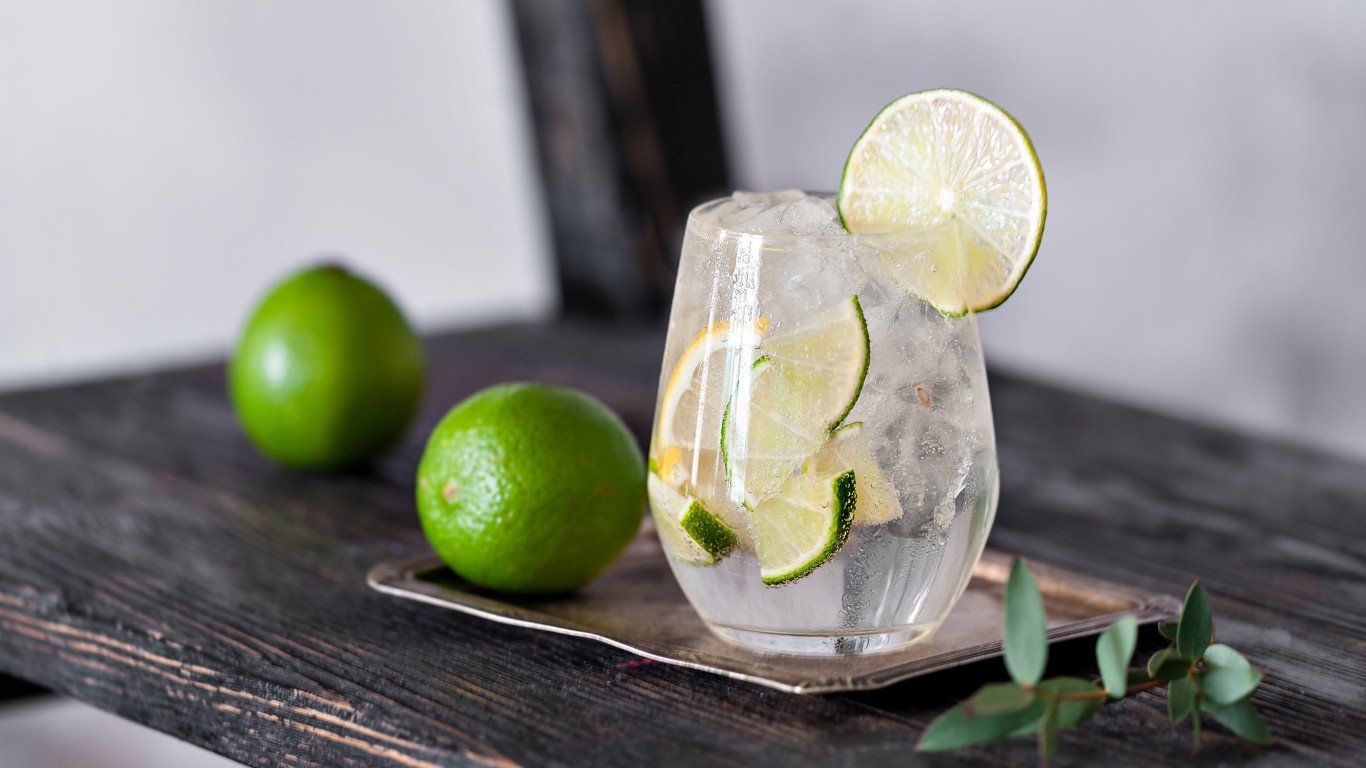
A 2007 study published in the Journal of Environmental Health found that almost 70% of lemon slices that had been placed on the rims of beverage glasses in 21 different restaurants showed microbial growth. When you’re ordering that drink, just say “No fruit, please.”
19. Tap water

All restaurants offer water to their patrons, whether it’s tap or bottled, and while the tap water served in most areas is generally safe to drink, it may have the taste of certain chemicals used to treat it or various minerals from the area. While it may not taste the best in these places, it is still safe to drink. However, there are other locations where it is unsafe, especially in rural areas or other countries that don’t have the same treatment processes as where you live.
In the United States, all regions do not adhere to the Environmental Protection Agency’s Safe Drinking Water Act (SDWA), which sets the standards for our drinking water. There are water systems in every state that violate the SDWA. Other potential problems arise from workers not adhering to health codes and using their hands to add ice to drinks. Bottled water is a safer alternative although it negatively impacts the environment. Ideally, you should order a carafe of water – if available – which contains filtered or purified tap water.
20. More than two glasses of wine by the glass
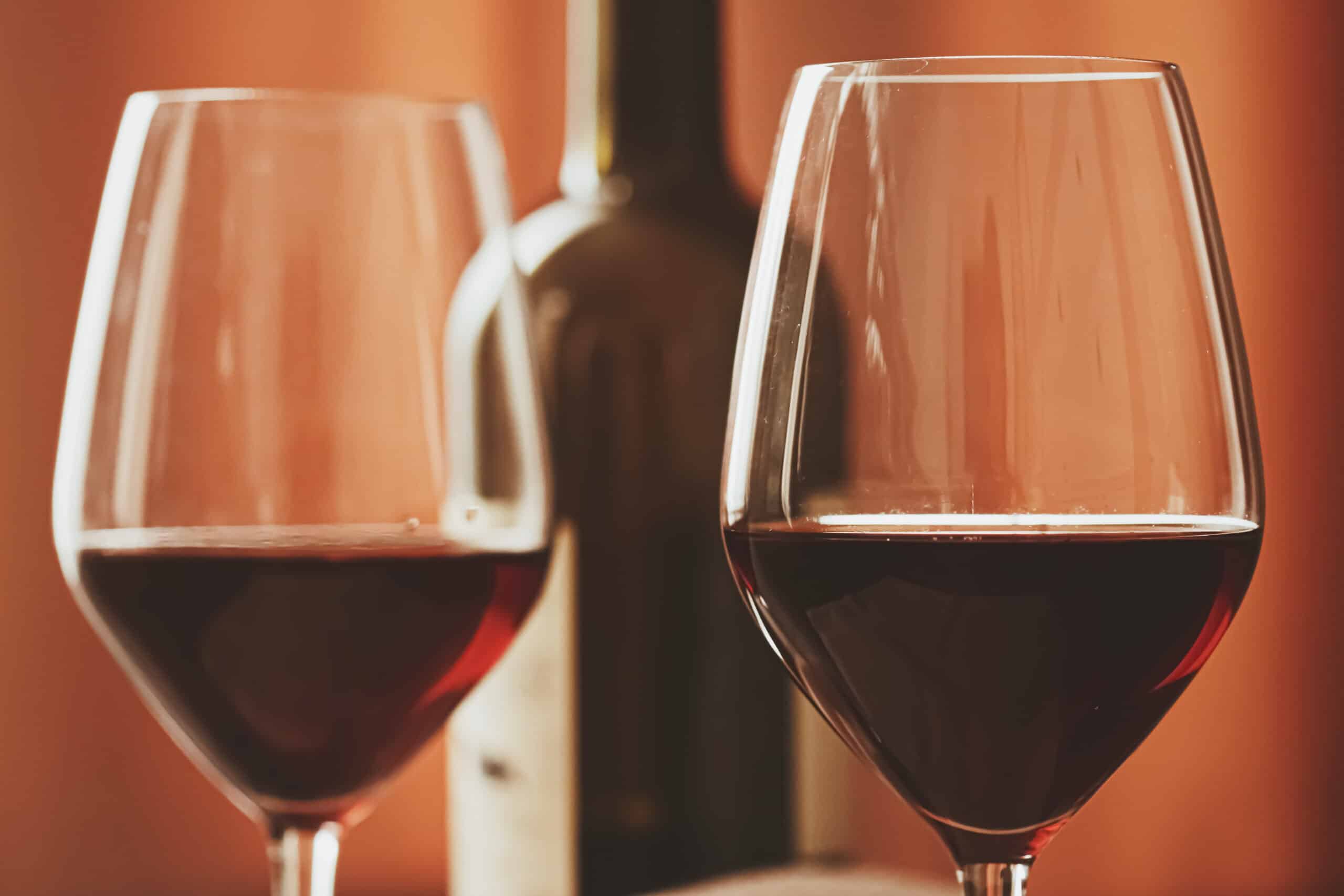
This may come down to a matter of cost, rather than quality. Most restaurants offer wine in five-ounce increments. A standard bottle of wine is 750 ml and contains slightly over 25 ounces. Typical wine lists in most restaurants offer wine between $15 and $20 for a good glass of wine – whether you prefer Pinot Noir or Chardonnay, the prices are somewhat similar. If you decide on the bottle, the prices are usually in the $60 to $80 range. Upscale establishments charge even more.
Opting for one or even two glasses won’t set you back much but if you’re ordering more, you’re paying much more than you would if you ordered the bottle.
21. Espresso after your meal

